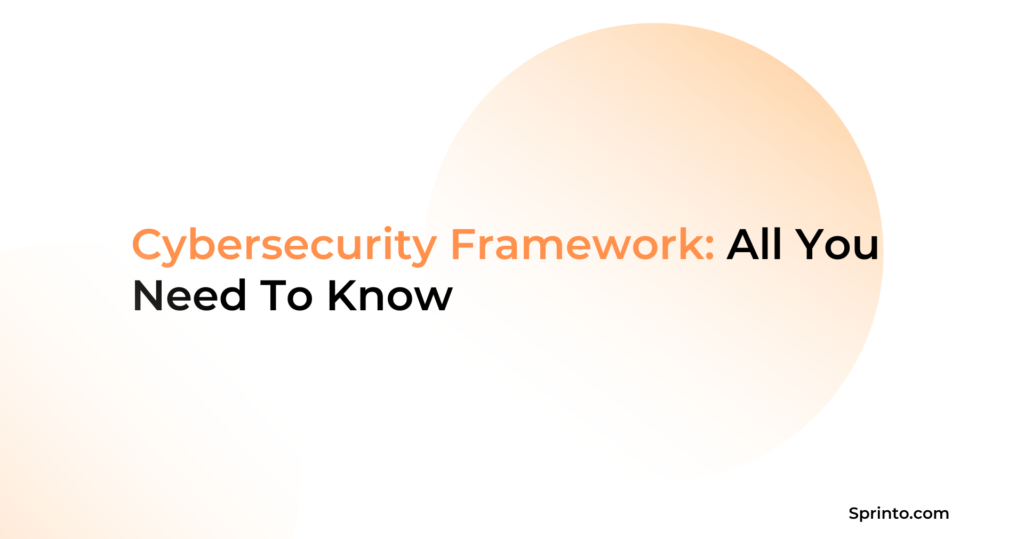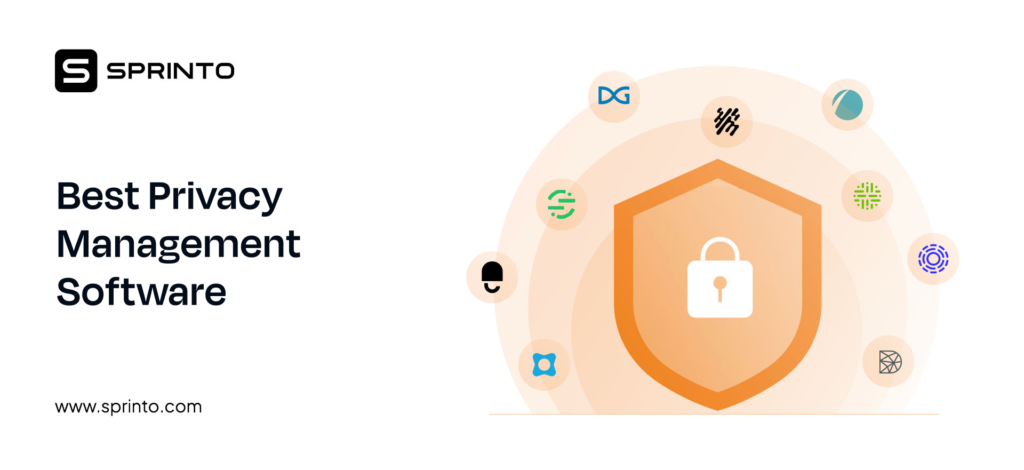Glossary of Compliance
Compliance Glossary
Our list of curated compliance glossary offers everything you to know about compliance in one place.
Risk Appetite – Risk Management
Risk appetite refers to the level and type of risk an organization will embrace to achieve its strategic goals. Companies will have varying risk appetites based on industry, culture, and objectives.
Typically, a board of directors approves a risk appetite statement that captures the organization’s stance on risk and willingness to confront it in specific scenarios. This statement establishes a governance model for overseeing risk (for example, monitoring and preventing the pursuit of unacceptable risks).
Risk appetite isn’t a one-size-fits-all concept; it varies depending on several factors:
- Industry: Different industries may have varying levels of risk tolerance. Some may be more conservative, while others are inherently riskier.
- Company Culture: The prevailing culture within a company can shape its risk appetite. Some companies may encourage bold risk-taking, while others prioritize caution.
- Competitors: What your competitors are doing can influence your risk appetite. If rivals are taking risks to gain a competitive edge, it may prompt your organization to do the same.
- Objectives: The nature of your objectives matters. More aggressive objectives might lead to a higher risk appetite, while conservative goals may require a more cautious approach.
- Financial Strength: Companies with substantial resources may be more willing to accept risks and the associated costs.
Practical example:
Let’s say you are a company planning to expand into a new country with a net worth of $800 million. While your company can handle risks up to $400 million, the management has set a limit not to exceed $240 million. This translates to a risk appetite of 30% of the net worth.
Additional reading
Cybersecurity Framework: All You Need To Know
How to choose from top 10 Privacy Management Software ?
FedRAMP Compliance: Importance and Steps

Sprinto: Your growth superpower
Use Sprinto to centralize security compliance management – so nothing
gets in the way of your moving up and winning big.



